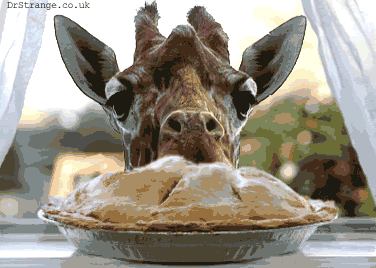Taken by my son, Aakash, November, 2010, during a bike trip of about 2400 km from Kadapa to Hyderabad, Rajahmundry, Vijayawada and Vizag, Araku and the Borra Caves
Ventral view of Nephila pilipes jalorensis / India Giant Wood Spider or golden silk orb-weaver spiders, Papi Hills, Andhra Pradesh.
Females are large and grow to a body size of 30-50mm, with males growing to 5–6 mm. The male is so tiny that he can live on the female's web, stealing her food, often without her even noticing him. She may not even notice that he has crept up and inseminated her! Nevertheless, just to be sure, he usually does the deed when she is feeding. In some, mating can take up to 15 hours! The female lives only slightly longer than the male.
The web can run from the top of a tree 6m high and up to 2m wide. The name of the golden silk orb-weavers refers to the color of the spider silk, not the color of the spider itself. Yellow threads of their web shine like gold in sunlight. Maybe the silk's color serves a dual purpose
- sunlit webs ensnare bees that are attracted to the bright yellow strands,
- in shady spots the yellow blends in with background foliage to act as a camouflage
The spider is able to adjust pigment intensity relative to background light levels and color; the range of spectral reflectance is specifically adapted to insect vision. Xanthurenic acid, two quinones and an unknown fourth compound contribute to the yellow color.
Typically, the webs are made in open woods or edges of dense forest, usually attached to trees and low shrubs, although they may be in the tops of trees or between the wires of utility lines (Krakauer 1972). These complex webs have a fine-meshed sticky orb suspended in a non-sticky barrier web. The orb is replenished regularly as its stickiness declines with age but the main web can last several years. Prey consists of a wide variety of small to medium-sized flying insects, including flies, bees, wasps, and small moths and butterflies (Robinson and Mirick 1971).
The female buries her eggs in the ground. First she digs a shallow hole with her strong mandibles and legs, which is then lined with woolly silk. She lays her eggs on this silk, covers it with another woolly layer then covers the whole assembly with camouflaging debris and soil. Laying can take 4 hours
How We Humans Use These Webs
Fishing : In the South Pacific, the web silk is used to make fishing lures, traps and nets. In the Solomon Islands, the spider web is collected by winding it around sticks to make large sticky balls which are suspended just above the water. Needle fish are lured to jump out and get entangled in the ball. In Southeast Asia, people make a net by scooping up the web between a stick bent into a loop. Spider webs have been used as bandage to stop blood flow and used to make bird snares.
- parachutes
- bullet-proof vests,
- lightweight clothing,
- seat belts,
- light but strong ropes,
- as sutures in operations,
- artificial tendons and ligaments.
In the American Museum of Natural History, a piece of cloth is on exhibit that has been woven from golden silk from over 1 million golden orb female spiders.
Explore my PoetryBlog : http://nalinihebbar-poetry.blogspot.com














4 comments:
wonderfully informative thank you
Great shot and nice information.
nice information and great capture too .
Truly informative with excellent snaps supporting it!
Post a Comment